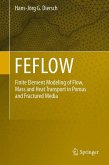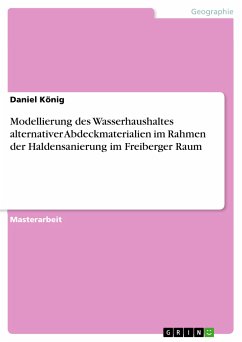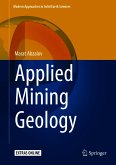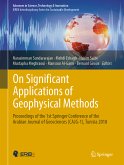Fachbuch aus dem Jahr 2016 im Fachbereich Geowissenschaften / Geographie - Geologie, Mineralogie, Bodenkunde, Note: 1.3, Technische Universität Darmstadt (Fachbereich Geologie und Materialwissenschaften), Veranstaltung: Scientific Training im Studiengang MSc TropHEE (Hydro-Geologie und Umweltwissenschaften), Sprache: Deutsch, Abstract: An introduction into the theory of heat transfer and Finite Element Modeling is presented. Then simulations for cylindrical configurations with the software Feflow where run to simulate heat transfer in soil. Reality was stepwise approximated by pure conduction, free conduction in saturated soil and finally free convection in unsaturated soil. Mualem and Van Genuchten empiric models where used. Results from Feflow where compared with older data from COMSOL simulations. Results where similar for conduction and for convection where the Brinkmann-equation provided for strong retardation of fluid flow within the solid matrix. An experiment under construction was also simulated. As soon as it delivers measurements observation points should be added to the model to adapt model parameters to fit the measurements.
Dieser Download kann aus rechtlichen Gründen nur mit Rechnungsadresse in A, B, BG, CY, CZ, D, DK, EW, E, FIN, F, GR, HR, H, IRL, I, LT, L, LR, M, NL, PL, P, R, S, SLO, SK ausgeliefert werden.









